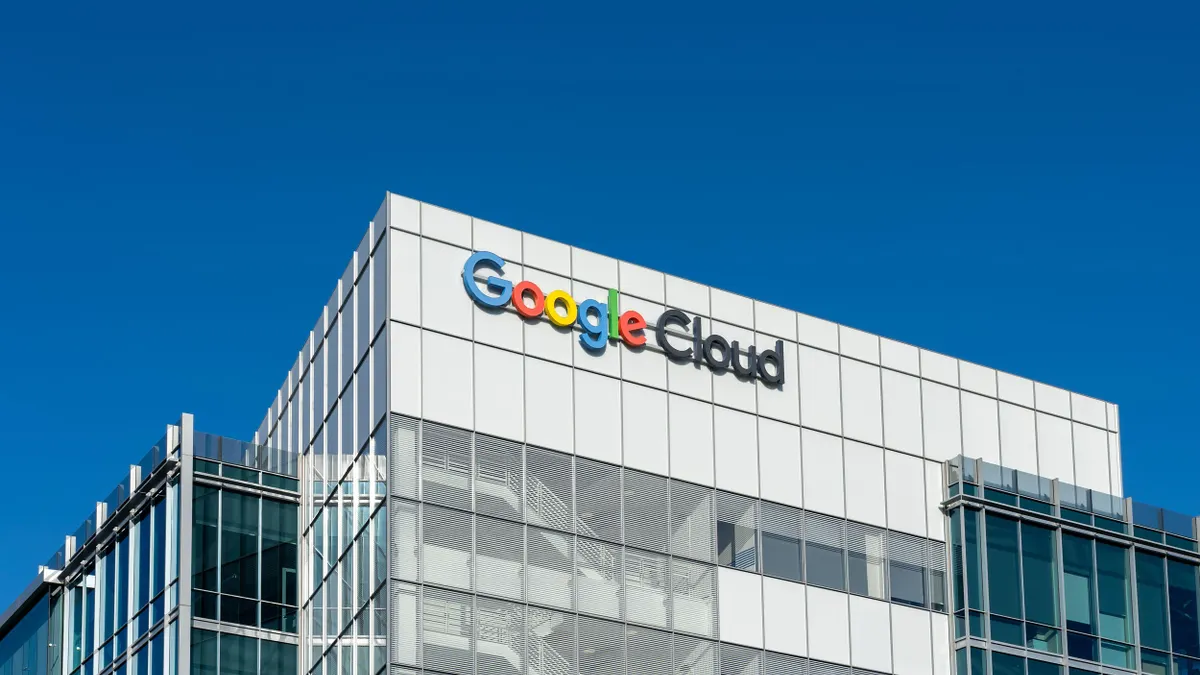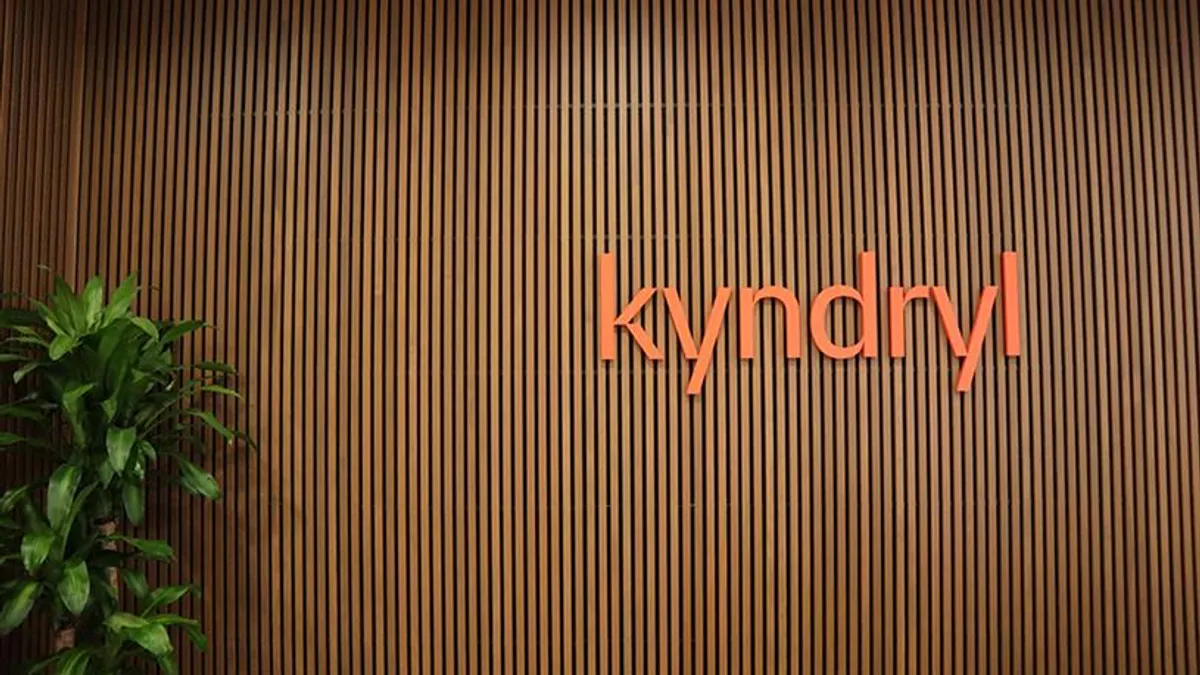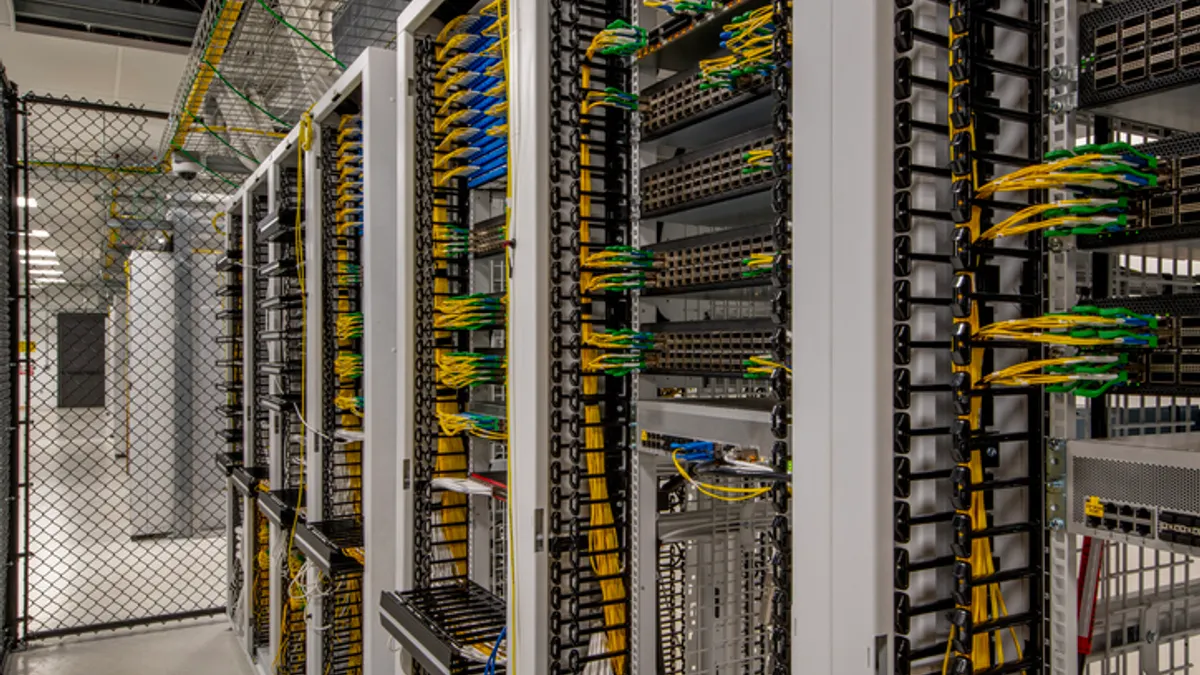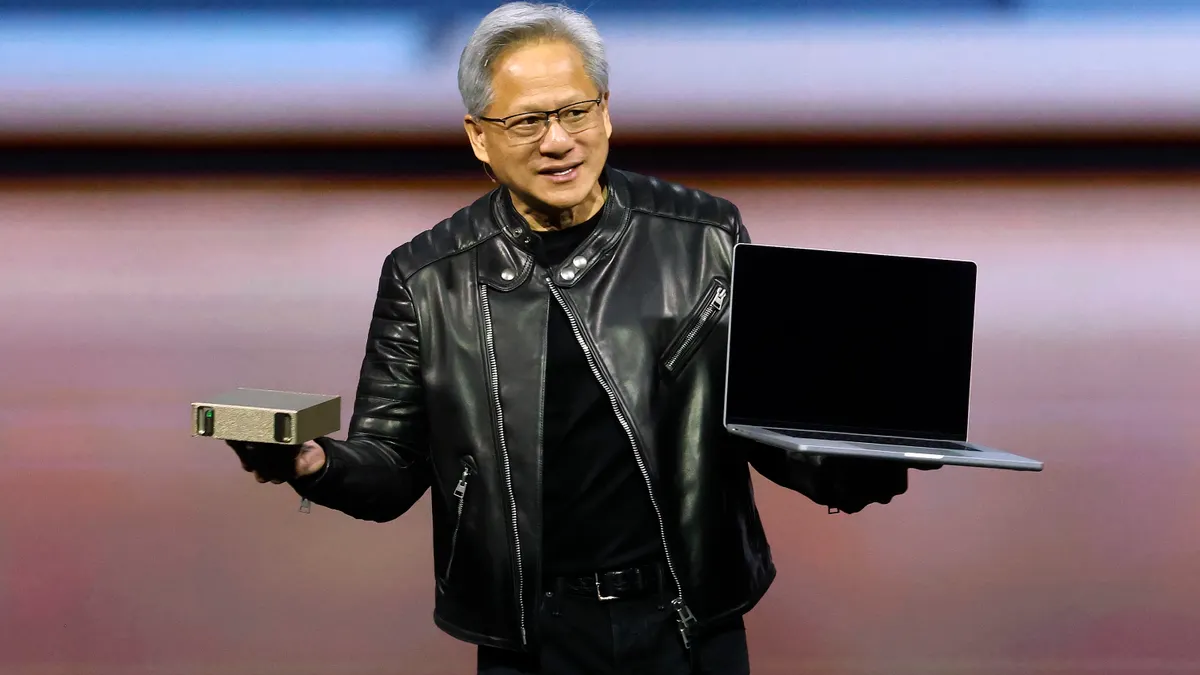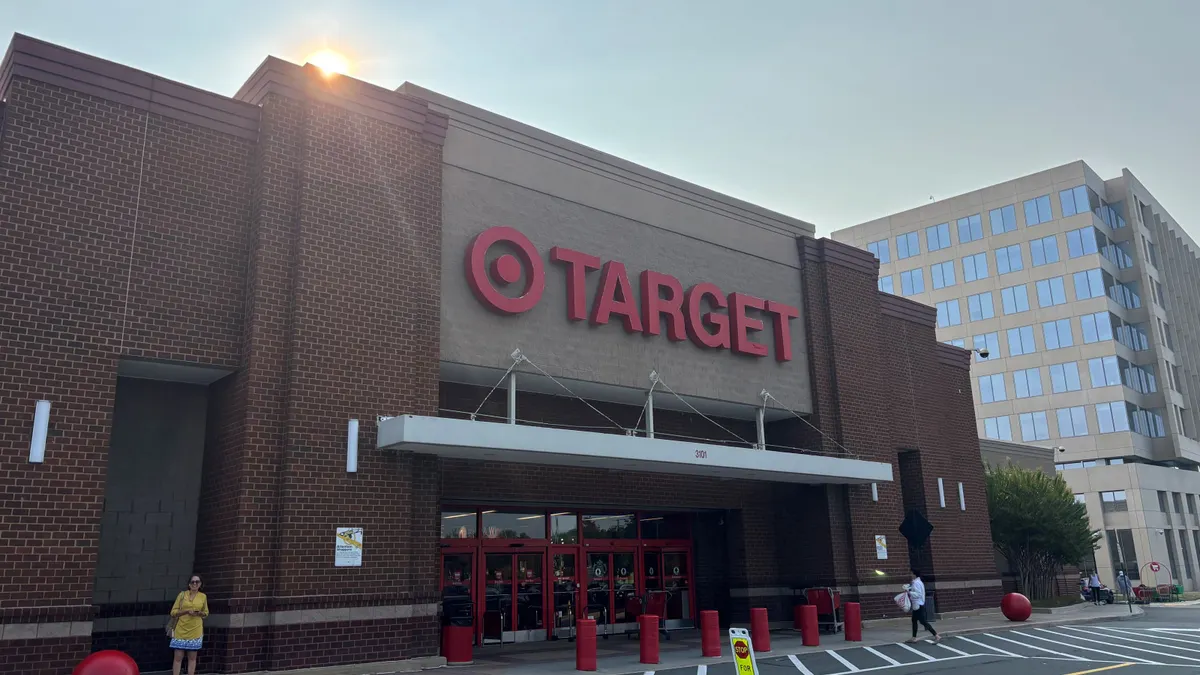Increased cloud investments prompted by AI affect how businesses are shaping their cloud infrastructure. Instead of generic commodity infrastructure, IT departments are building specialized platforms to meet growing AI demands.
These purpose-built platforms are often optimized for AI, Brian Jackson, principal research director of apps and data at Info-Tech Research Group, told CIO Dive. The IT advisory company released its Tech Trends 2026 report on Oct. 7 and identified purpose-built platforms as one of eight trends heading into next year.
The trend affects the entire IT stack, from the compute layer to end user devices, according to the report. At the compute layer, for example, an organization may opt for a general purpose, commodity standard GPU for traditional workloads. A specialized compute layer, however, would incorporate silicon custom-designed for the organization using chips such as AWS's Trainium and Inferentia chips or Google Cloud’s Tensor Processing Units.
At the device and software level, rather than featuring standard commercial operating systems like Windows, the report said “neural processing units are being added to end-user device motherboards to help optimize AI inference workloads.”
The shift toward customized computing will impact IT operations broadly, the firm expects.
“When you look at the purpose-built platform, you can look at the different layers of it,” Jackson said. “You can think about it all the way down to the hardware level … [and] all the way up to the developer environment.”
Cloud spend drives compute shifts
IT departments craft purpose-built platforms atop commodity infrastructure to better optimize the experience, the firm said, particularly as cloud investments show no signs of slowing. Businesses will increase investment in cloud computing in 2026, with nine in ten organizations already invested in cloud.
Along with increased cloud computing investment overall, around 42% of firms are expected to spend one-third of their cloud budgets on generative AI in the next three years, according to TD Cowen data. Enterprise generative AI workloads are moving to public cloud hyperscalers meaning IT departments are preparing for higher costs associated with advanced infrastructure and generative AI workloads.
“Cloud is as important as ever,” Jackson said. However, purpose-built platforms are going to emphasize a hybrid approach of cloud and local infrastructure, he added. As IT departments tackle modernization, hybrid environments will likely be how IT leaders balance legacy tech stacks with the need for more modern platforms driven by AI developments.
AI deployments and cloud usage will be the biggest variables for organizations’ cloud spend heading into 2026, said Forrester VP and Research Director Mark Moccia.
“That’s the area where there’s going to be an increased amount of pressure across the board to take AI deployments from pilot mode into scale and providing value,” he said. “To do that, there will be increases in cloud expense to host the AI technology.”
Companies will have increased spend commensurate with the amount of AI it’s deploying, Moccia said. However, he added that IT teams can use purpose-built platforms to help control those costs.
The Info-Tech report said purpose-built platforms, which can be tailored to operate via cloud or on-premises, will allow organizations greater degrees of control. In jurisdictions with strong regulations about data residency like the European Union, for example, companies can repatriate workloads from public cloud offerings to something more local.
Purpose-built platforms will also serve as a key foundational layer to support agentic AI. Providing the specialized hardware to support inferencing will help enhance AI agents’ performance on end devices while reducing cloud costs, according to the Info-Tech report.
Amid the strategy change, demand for specialized hardware, such as AI PCs, will continue to accelerate, Jackson said. PC manufacturers Dell, HP, Intel and Lenovo have all introduced AI features to their products. While trade and macroeconomic uncertainty slowed enterprise adoption of AI PCs in 2025, the hardware will account for more than half the market in 2026, according to research firm Gartner.
Still, not all organizations will need purpose-built platforms, Jackson said. IT teams will need to think about how to best approach the investment by assessing which layers of the IT stack function well with commodity options and which layers might perform better with a specialized platform or hardware.
CIOs are shifting from one-size-fits-all cloud environments to purpose-built platforms designed around specific business objectives. The change will impact cloud investment as CIOs allocate budgets across multiple platforms, Armando Franco, director of technology modernization at IT services company TEKsystems Global Services, said in an email to CIO Dive.
Financial institutions, for example, are investing in platforms geared toward fraud detection and regulatory reporting, he said.
“The emphasis is on selecting the right environment for each workload based on performance, compliance and business outcome criteria,” Franco said.



